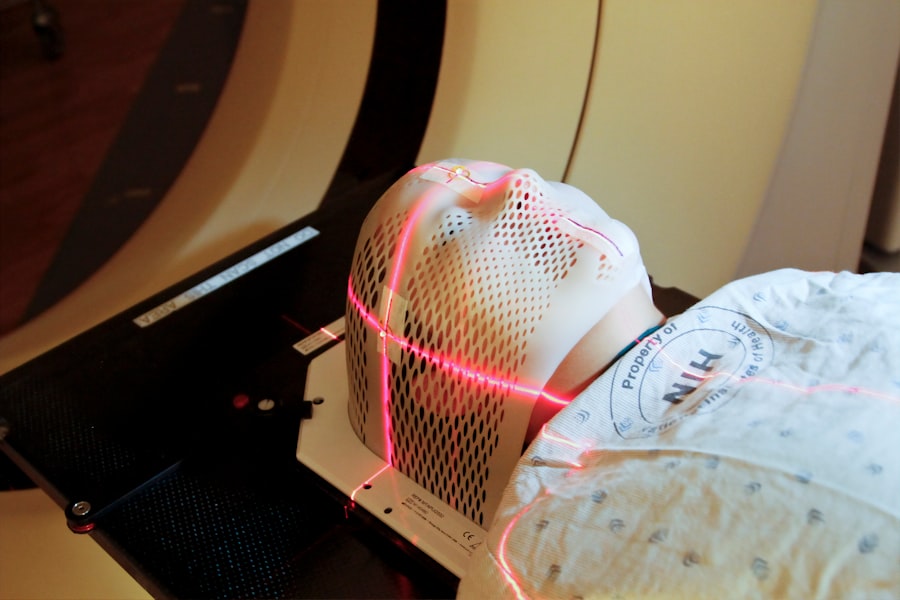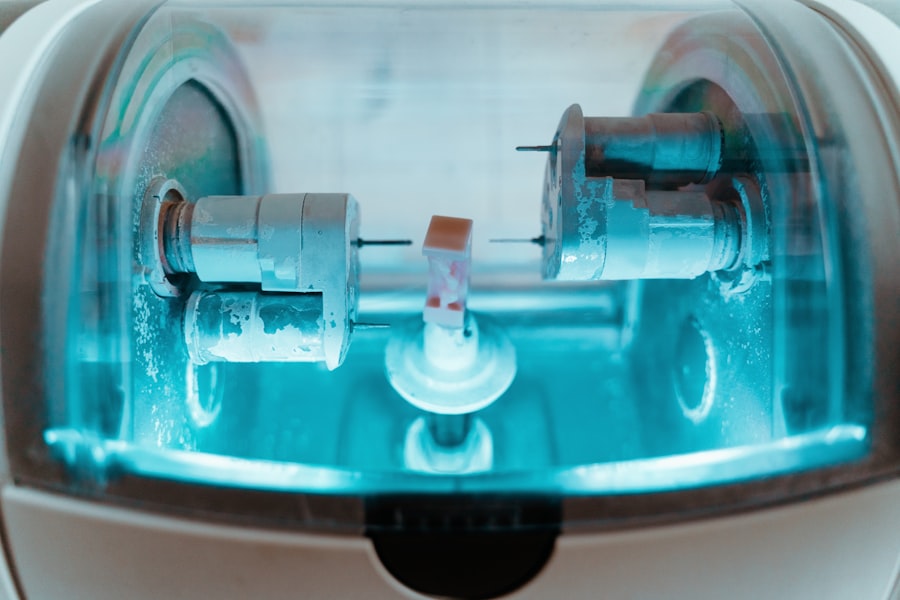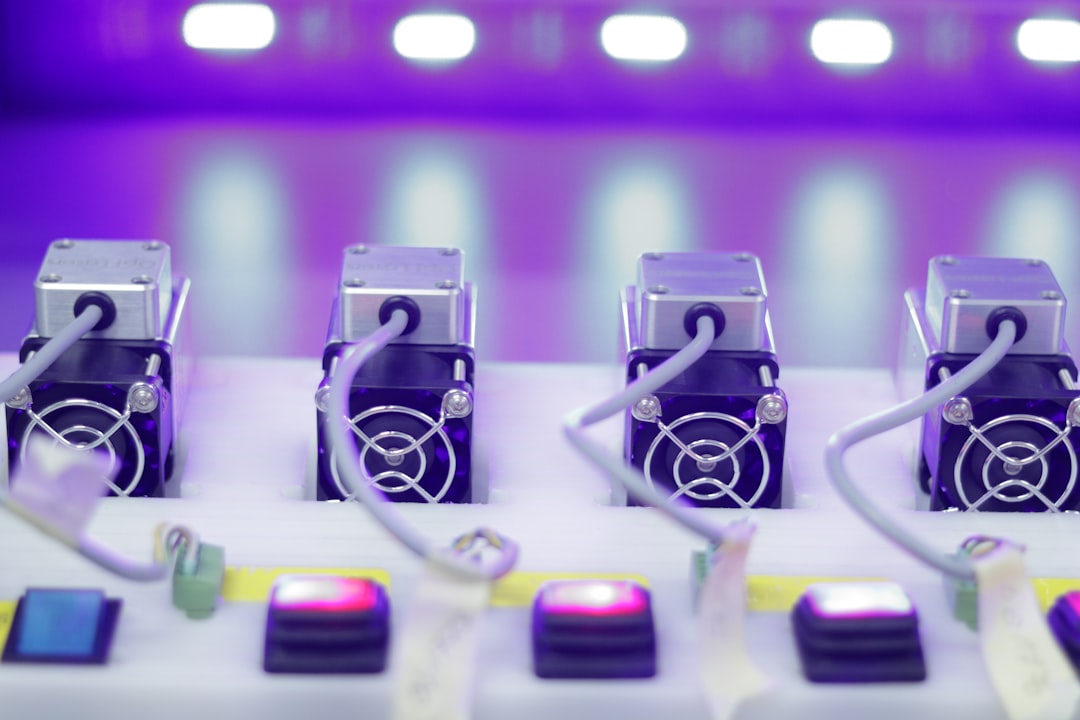To fully appreciate the effectiveness of laser hair removal, it’s essential to understand the hair growth cycle. Hair grows in three distinct phases: anagen, catagen, and telogen. The anagen phase is the active growth stage, where hair follicles are robust and receptive to laser treatment.
This phase can last several years, depending on various factors such as genetics and body location. During this time, the hair is thick and dark, making it an ideal target for laser technology, which works by targeting the pigment in the hair. In contrast, the catagen phase is a transitional stage that lasts only a few weeks.
During this time, hair growth slows down, and the hair follicle begins to shrink. Finally, the telogen phase is the resting stage, where hair falls out and new hair begins to grow. This phase can last several months.
Understanding these phases is crucial because laser hair removal is most effective during the anagen phase. Therefore, timing your sessions to coincide with this phase can significantly enhance your results.
Key Takeaways
- The hair growth cycle consists of three main phases: anagen, catagen, and telogen, and laser hair removal is most effective during the anagen phase when the hair is actively growing.
- Factors such as hair color, skin color, and hair thickness can affect the results of laser hair removal, with darker hair and lighter skin yielding the best outcomes.
- The ideal time between laser hair removal sessions is typically 4-6 weeks to target hair in the anagen phase and achieve optimal results.
- Seasonal considerations for laser hair removal include avoiding sun exposure before and after treatment, making fall and winter ideal times for sessions.
- The best time of day for laser hair removal is in the morning when the skin is less sensitive and the body is less fatigued, allowing for a more comfortable experience.
Factors Affecting Laser Hair Removal Results
Several factors can influence the effectiveness of laser hair removal, and being aware of them can help you achieve optimal results. One of the most significant factors is hair color and thickness. Darker, coarser hair tends to absorb laser energy more effectively than lighter or finer hair.
This means that individuals with dark hair may see quicker and more pronounced results compared to those with lighter shades. Additionally, skin tone plays a crucial role; lasers are designed to target pigment, so a stark contrast between skin and hair color can yield better outcomes. Another important factor is hormonal fluctuations.
Hormones can affect hair growth patterns, leading to variations in how your body responds to laser treatments. For instance, women may experience changes in hair growth due to hormonal shifts during their menstrual cycle or pregnancy. These fluctuations can impact the timing of your sessions and may require adjustments to your treatment plan.
Understanding these factors will empower you to make informed decisions about your laser hair removal journey.
Ideal Time Between Laser Sessions

Determining the ideal time between laser hair removal sessions is vital for maximizing your results. Generally, practitioners recommend spacing sessions about four to six weeks apart. This interval allows time for hair follicles to transition into the anagen phase, where they are most susceptible to laser treatment.
If you schedule your sessions too closely together, you may miss out on treating hairs that are not yet in the optimal growth phase. However, individual factors such as hair growth rate and treatment area can influence this timeline. For example, areas with faster hair growth, like the underarms or bikini line, may require more frequent sessions compared to slower-growing areas like the legs or back.
Consulting with your practitioner will help you establish a personalized schedule that aligns with your unique hair growth patterns and ensures you achieve the best possible results.
Seasonal Considerations for Laser Hair Removal
| Season | Considerations |
|---|---|
| Summer | Avoid sun exposure before and after treatment |
| Fall | Start treatment for optimal results by next summer |
| Winter | Less sun exposure, ideal for treatment |
| Spring | Avoid sun exposure before and after treatment |
When planning your laser hair removal treatments, it’s essential to consider seasonal factors that may impact your skin and hair growth. Many people find that late fall or winter is an ideal time for starting treatments.
Additionally, starting treatments in cooler months allows you to avoid sun exposure post-treatment, as it’s crucial to protect treated areas from UV rays. Conversely, summer may not be the best time for initiating laser hair removal due to increased sun exposure and potential skin sensitivity. If you’re considering starting treatments in warmer months, be diligent about applying sunscreen and avoiding direct sunlight on treated areas.
By aligning your treatment schedule with seasonal considerations, you can enhance both safety and effectiveness.
Best Time of Day for Laser Hair Removal
The time of day you choose for your laser hair removal session can also play a role in your overall experience and results. Many practitioners suggest scheduling appointments in the morning or early afternoon when energy levels are typically higher and skin is less likely to be irritated from daily activities.
Additionally, scheduling your sessions earlier in the day allows you ample time for post-treatment care without feeling rushed. After your session, it’s essential to follow aftercare instructions carefully, including avoiding sun exposure and applying soothing creams if necessary. By choosing a time that aligns with your daily routine and energy levels, you can ensure a smoother process from start to finish.
Preparing for Laser Hair Removal Sessions

Preparation is key when it comes to laser hair removal. Before your session, it’s crucial to avoid sun exposure for at least two weeks prior to treatment. Tanned skin can increase the risk of complications and reduce the effectiveness of the laser.
Additionally, refrain from waxing or plucking hairs for at least four weeks before your appointment; these methods remove the hair from the follicle, which is necessary for effective laser targeting. On the day of your session, arrive with clean skin free from lotions or deodorants that could interfere with the laser’s effectiveness. Some practitioners may recommend shaving the treatment area a day or two before your appointment to ensure that only the hair above the skin is removed while leaving the follicle intact for optimal targeting during treatment.
Taking these preparatory steps will help set you up for success and enhance your overall experience.
Post-Treatment Care and Maintenance
After undergoing laser hair removal, proper post-treatment care is essential for achieving optimal results and minimizing side effects. Immediately following your session, you may experience some redness or swelling in the treated area; this is normal and typically subsides within a few hours. Applying a cool compress can help alleviate discomfort and reduce inflammation.
It’s also crucial to avoid sun exposure for at least two weeks post-treatment. If you must be outdoors, apply a broad-spectrum sunscreen with a high SPF to protect treated areas from UV rays that could lead to pigmentation changes or irritation. Additionally, refrain from engaging in activities that cause excessive sweating or heat for 24-48 hours after treatment; this includes hot showers, saunas, or intense workouts.
Following these guidelines will help ensure that your skin heals properly and that you achieve the best possible results from your laser hair removal sessions.
Long-Term Benefits of Optimal Timing for Laser Hair Removal
Investing time in understanding optimal timing for laser hair removal can yield significant long-term benefits. By scheduling sessions during periods when your hair is most receptive to treatment—such as during the anagen phase—you can achieve faster and more effective results. This means fewer sessions overall and less time spent on maintenance in the long run.
Moreover, aligning your treatments with seasonal considerations can enhance both safety and comfort during the process. By avoiding sun exposure and choosing cooler months for treatment initiation, you minimize risks associated with skin sensitivity and pigmentation changes. Ultimately, taking a thoughtful approach to timing not only maximizes your results but also contributes to a more enjoyable experience throughout your laser hair removal journey.
In conclusion, understanding the intricacies of laser hair removal—from the hair growth cycle to post-treatment care—empowers you to make informed decisions that enhance your results. By considering factors such as timing between sessions and seasonal influences, you can optimize your experience and enjoy long-lasting benefits from this effective hair removal method.
If you are wondering how long you should wait between leg laser sessions, you may find the article “The Ultimate Guide to Laser Hair Removal” on inlaserhairremoval.com helpful. This comprehensive guide covers everything you need to know about laser hair removal, including the recommended time intervals between sessions for optimal results. For more information or to schedule a consultation, you can visit inlaserhairremoval.com.
FAQs
What is the recommended time between leg laser sessions?
The recommended time between leg laser sessions is typically 4-6 weeks. This allows for the hair to be in the active growth phase for optimal results.
Why is there a specific time frame between leg laser sessions?
The specific time frame between leg laser sessions is important because it aligns with the hair growth cycle. Laser hair removal is most effective when the hair is in the active growth phase, and spacing out sessions allows for this to occur.
Can the time between leg laser sessions vary for different individuals?
Yes, the time between leg laser sessions can vary for different individuals based on factors such as hair thickness, hair color, and skin type. It is important to consult with a professional to determine the best schedule for your specific needs.
What happens if I wait longer than the recommended time between leg laser sessions?
Waiting longer than the recommended time between leg laser sessions may result in less effective results, as the hair may have entered a different phase of the growth cycle. It is best to adhere to the recommended time frame for optimal outcomes.
Is it possible to have leg laser sessions closer together than the recommended time frame?
Having leg laser sessions closer together than the recommended time frame is not typically advised, as it may not allow enough time for the hair to enter the active growth phase. It is important to follow the guidance of a professional for the best results.






